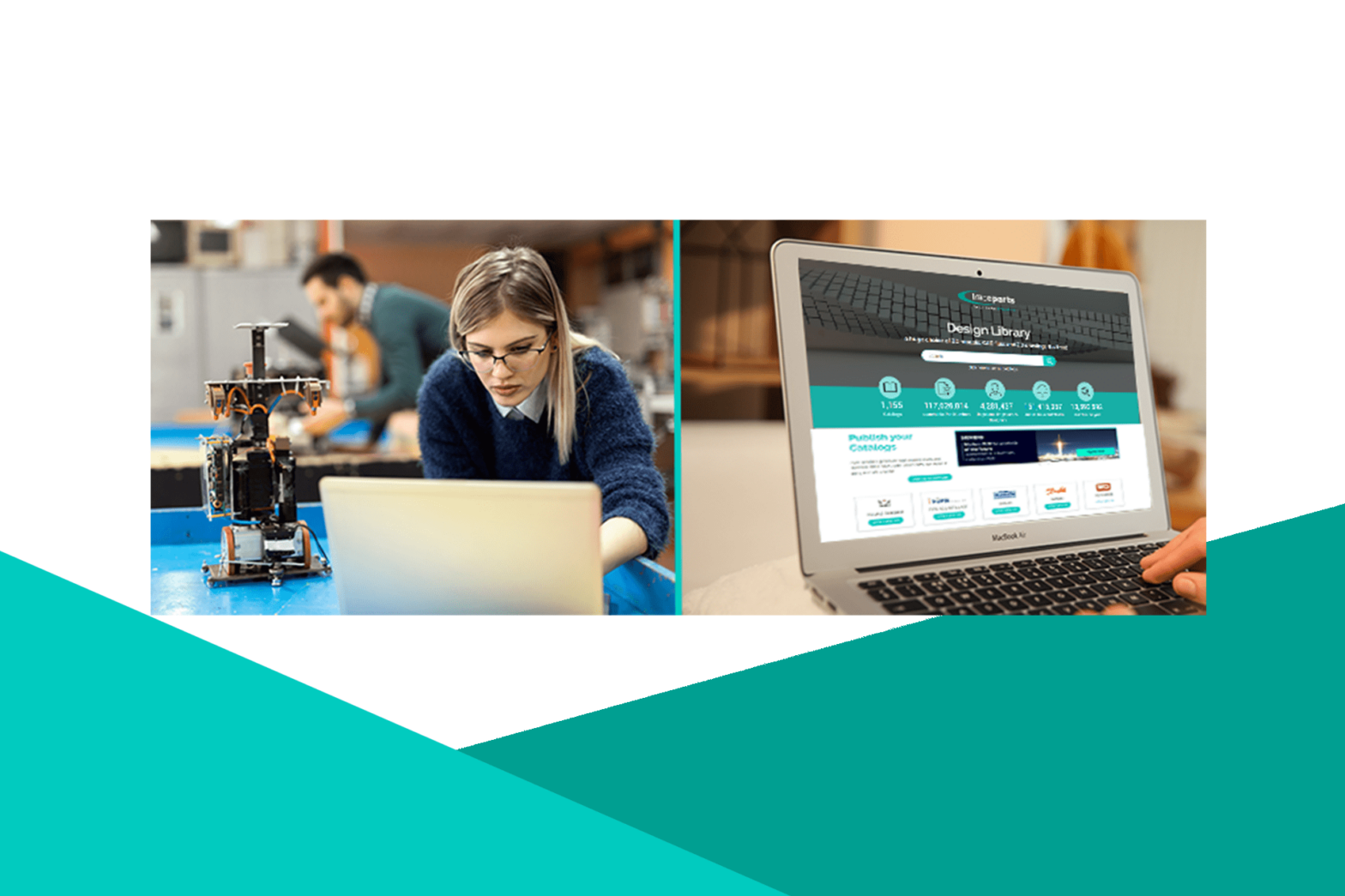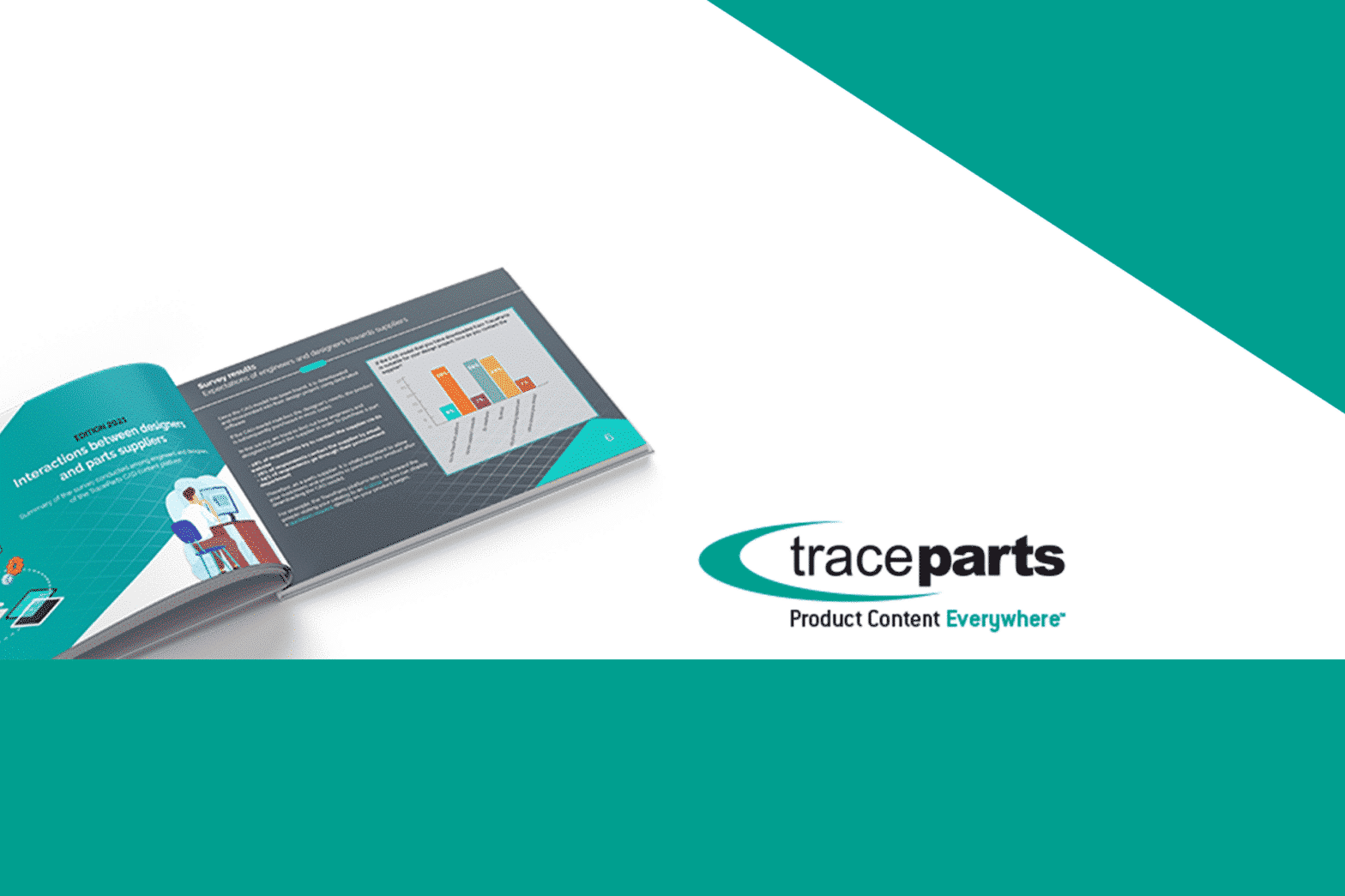Additive manufacturing will revolutionize practices across industry, whether in terms of how companies produce the parts themselves or the processes used to obtain such parts. During the JEC World trade show, we had the opportunity of meeting Diego Calderón, who gave us an insight into how Idec, a Spanish aeronautics OEM, has managed to break new ground while reducing its die costs, the energy used by its production processes and the time to manufacture parts.
In an effort to maintain our competitive advantage and win new contracts for producing parts from composite materials for the aeronautics industry, we were under real pressure to rein in our costs and shorten our manufacturing times. Therefore, we decided to choose an innovative composite material and check out additive manufacturing for producing the die for molding wing leading edges based on a resin transfer molding process (RTM) using a preform, explains Diego Calderón, Head of Structural Analysis at Spanish aeronautics OEM Idec.
Javier Garcia, CEO of Wehl & Partner Iberica:
Producing the resin die on a F900 printer took 56 hours of work, whereas machining an aluminum or epoxy resin block on a CNC machine would have taken four weeks with an outsourcer. The decision to use additive manufacturing has shaven nearly 70% off the cost of producing the die.
Usually, the die for molding parts is machined into the required shape from aluminum blocks. When manufacturing parts, they are heated to 150-180°C in an oven for several hours to ensure that the resin injected into the preform will flow evenly and that the part will be correctly formed.
“Producing the resin die on a F900 printer took 56 hours of work, whereas machining an aluminum or epoxy resin block on a CNC machine would have taken four weeks with an outsourcer,” advised Javier Garcia, CEO of Wehl & Partner Iberica. The decision to use additive manufacturing has shaven nearly 70% off the cost of producing the die.
As part of a European project jointly funded by the Spanish government, we decided to completely upgrade the manufacturing process for an existing part. Instead of placing the preform in a metal mold and heating it in an oven while pressure-injecting the resin, we chose to use a preform created with fiber webs conducting electricity. When connected to a power source, the preform turns into a heating element that very quickly reaches the right operating temperature, which lowers energy costs. However, we were unable to use a metal material for the die due to the risk of a short-circuit.
Migrating from machined aluminum to printed resin
That is how the idea came about for creating a resin die with additive manufacturing. Idec worked alongside rapid prototyping expert Wehl & Partner Iberica, which uses Stratasys printers. “The first stage involved choosing a resin that would be capable of withstanding the temperatures and pressures encountered during the production process. We could not use epoxy resins for certain cold work dies or their high temperature versions which are too expensive and fragile, meaning that they are incapable of withstanding more than 25 production cycles. Therefore, we went with the ULTEM 1010 thermoplastic resin, which can withstand over 210°C and 1,000 bar.”
This resin can be used with Stratasys FDM F900 printers for depositing layers of 0.33 or 0.51 mm according to the required level of precision. Then we had to define the exact shape of the die and its internal reinforcements to withstand the stresses exerted during the production process.
Superior performance for the die and the process
“Producing the resin die on a F900 printer took 56 hours of work, whereas machining an aluminum or epoxy resin block on a CNC machine would have taken four weeks with an outsourcer,” advised Javier Garcia, CEO of Wehl & Partner Iberica. The decision to use additive manufacturing has shaven nearly 70% off the cost of producing the die.
There are plenty more benefits in store!
We no longer need to heat a solid aluminum die for more than an hour. Using a web of conductive composite materials transforms the actual preform into a heating element, which reaches the operating temperature in less than 10 minutes. The process is especially fast, since the resin die does not conduct heat. It has also drastically reduced our production times, concludes Diego Calderón.
Additive manufacturing has allowed Idec to use an innovative composite material that helps curb costs and accelerate die production times, while ramping up the parts manufacturing process and lowering energy consumption. A real industrial revolution!


 Deutsch
Deutsch Français
Français Italiano
Italiano Español
Español Português
Português 中文 (中国)
中文 (中国) 日本語
日本語 Русский
Русский



 07/11/2024
07/11/2024  Case Studies, Digital Parts Catalogs, Engineering Resources, TraceParts News
Case Studies, Digital Parts Catalogs, Engineering Resources, TraceParts News 
